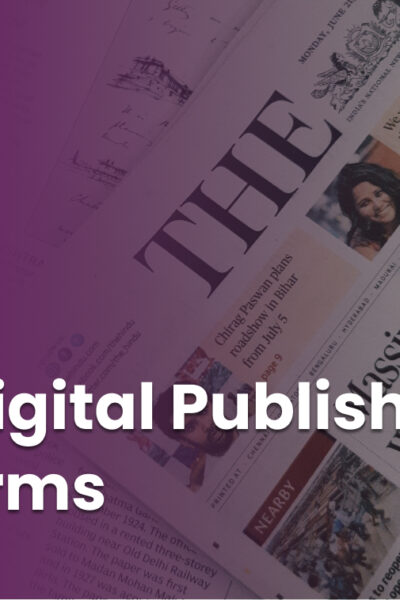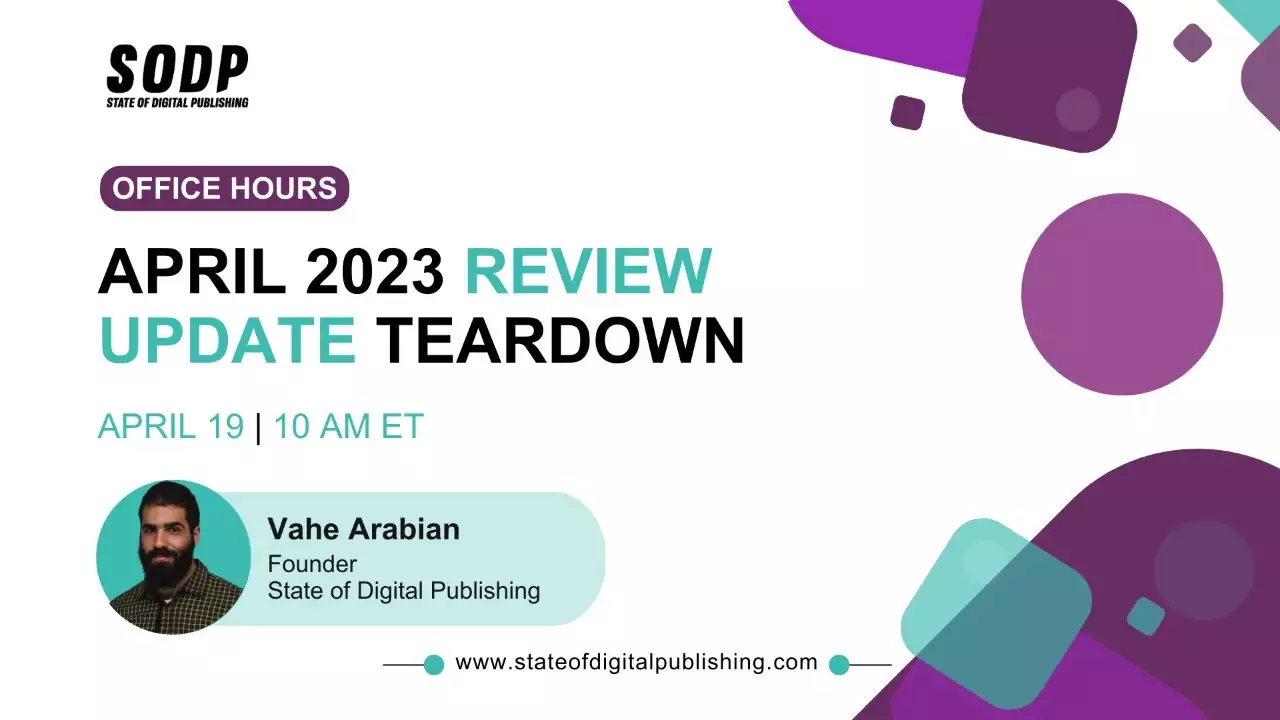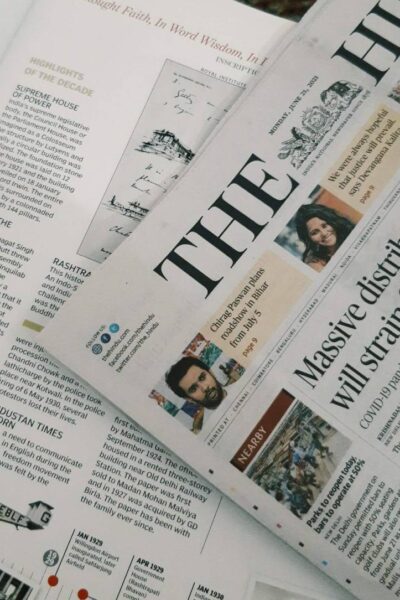What lead you to start working in the digital publishing industry?
As a commercial litigation attorney in the early 2000s, I handled the corporate and litigation needs of a lot of businesses. I eventually became comfortable with the thought of starting up my own business. While I was still practicing law, a friend and I started up a side venture publishing small magazines for high-end neighborhoods in Central Florida. We quickly discovered that printing and distribution costs were high, especially for communities with owners (readers) outside of the country. While digital providers did exist at the time, they were very costly. We were determined to find a way to produce magazines digitally and in a way that was affordable.
How did this lead you to develop “Bluetoad”?
Our drive to develop a more cost-effective digital publishing solution for our own internal needs led us down the path to BlueToad. Once we had the basics of the platform built, we thought it could be an effective tool for other publishers. We shut down our magazine business and launched BlueToad in April 2007, charging only a few dollars per page, as part of an all-inclusive business model. Within the year I left the practice of law to devote my full attention to BlueToad. Today, we have partnerships with many of the top printers and publishers in the world.
What does a typical day look like for you?
We have just under 30 full time employees, so leadership must wear a lot of hats at BlueToad. Outside of the typical daily operation activities, I spend a good portion of my day engaged in some form of marketing or sales activities, including checking in on our larger partner relationships. An ongoing portion of my time is also always devoted to product development and strategy.
What does your work setup look like? (your apps, productivity tools, etc.)
I just made some significant changes to my work tech. I switched from a new loaded Macbook to a much simpler Google Pixelbook Go. I also switched from an iPhone to a Pixel phone. I’ve been very happy with the changes, as they’ve forced me to simplify my digital workspace. I most heavily use Google Drive and Evernote on a daily basis. I use discord to stay in touch with the team throughout the day.
How does ada affect publishers?
Most businesses understand ADA when it comes to a physical building, but accessibility compliance for a web presence is a relatively newer and less defined consideration. There are 40 million people living with a disability in the U.S. – that can be visual, auditory, physical, speech, cognitive, language, learning, or neurological. Publishers and other businesses are very slowly beginning to embrace the way their content is presented and delivered to meet compliance standards.
A study by Searchmetrics found that many highly ranked sites on Google aren’t doing enough to make their content accessible to people with disabilities. The average overall accessibility score for sites that appear in the top 20 positions on Google was 66.6 out of 100 (the lowest score of the four website categories the study analyzed). Among other things, this accessibility score took into consideration color contrast (to make text and other elements easier to see) and whether page elements were tagged with meaningful names and descriptions (to make them easily understandable when read out by screen readers).
On the publishing side, those that already have ADA obligations for other reasons (e.g., they have a physical store) are farther ahead of the curve given the legal implications of non-compliance. Most other publishers have yet to give their full attention to accessibility initiatives. According to UsableNet (a website accessibility company), in 2019 there were 2,235 ADA website lawsuits filed in federal court. That number was only a slight dip from 2018, which saw a 181 percent increase in lawsuits from 2017.
Can you give some tips for creating ada compliant content?
There are voluntary guidelines to make digital content more accessible, known as the Web Content Accessibility Guidelines (WCAG). The latest standard is 2.1. Publishers should certainly use these as a starting point to ensure that their content is delivered in an easily understood, functional form with alternative text for images, appropriately sized fonts, and compliant rich media offerings.
The WCAG 2.1 guidelines involve adhering to four key principles: perceivable, operable, understandable, and robust. Following the guidelines will help publishers make their content available to a wider segment of the population and also help minimize the potential for legal complications.
What do you think the future of ada will look like for content creators and digital publishers?
Currently, the industry is full of experts and consultants that will help you evaluate and remediate your website or publishing sites to become compliant. But in the very near future I don’t think this will be necessary. Compliance will just be baked in for most web and content solutions. Businesses and publishers won’t have to think about it.
What’s the problem that you’re passionately tackling with “Bluetoad” at the moment?
This leads to the problem that we are trying to solve at the moment. We’re working on a new platform that will make it easy to create, manage, and distribute mobile, web, and voice experiences that meet these evolving compliance standards out-of-the-box. This not only includes accessibility but also privacy compliance. Content creators will not need to have special technical skills to deliver an effective and compliant website or content experience. Most publishers know just how much time and effort it takes to do this now. We know it too, as we were running BlueToad’s forward-facing site on a WordPress foundation. Our new platform is being designed in order to make managing content a quick and painless process. We’re using it for our own site already, and we are really looking forward to rolling it out later this year.
Content from our partners
In what way has the digital publishing industry changed and developed during the years? What are you most excited about these days?
Digital publishing has been a roller coaster ride over the past decade. The industry has traveled from basic flip editions to bespoke native applications to browser-based mobile content experiences. Regardless of the form factor, however, publishers and readers are coming back to the importance of a curated, packaged, and delivered content experience. It offers the same comfort and trustworthiness of print but on the devices and platforms that matter to today’s consumer. There is an endless sea of undifferentiated content on the internet and legitimate publishers have to stand out and distinguish their brand. The content experience matters now more than ever.
Do you have any advice for ambitious digital publishing and media professionals looking to build their own product, not having a digital publishing background?
Just stick to the basics. Focus on building solid relationships. Focus on doing business with integrity. Focus on producing great content. And listen to your customers. You’ve got to provide value in some form, and the customer is the ultimate arbiter.












